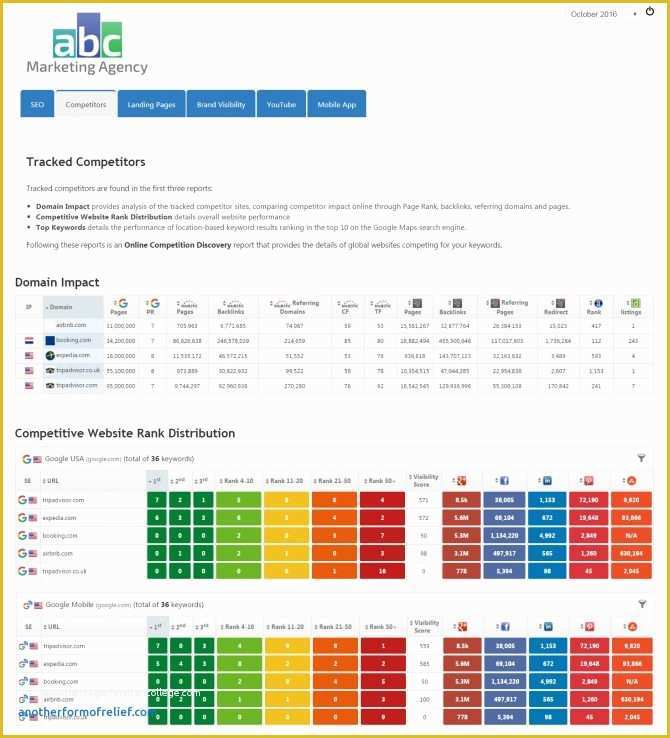

Similarly, the organization cannot use half of a manager to achieve small scale of production. For example, an organization cannot use the half of the turbine for small scale of production. These inputs cannot be divided to suit different level of production. Implies that there are certain inputs, such as machines and human resource, used for the production process are available in a fixed amount. There a number of factors responsible for increasing returns to scale. Similarly, when input changes from 2K-H2L to 3K + 3L, then output changes from 25 to 50(100% increase), which is greater than change in input. However, the output has Increased from 10 to 25 (150% increase), which is more than double. Now, the combination of inputs has reached to 2K+2L from 1K+1L. In Figure-13, a movement from a to b indicates that the amount of input is doubled. This is because at this stage an organization enjoys high economies of scale.įigure-13 shows the increasing returns to scale: When there is an increase in the scale of production, the average cost per unit produced is lower. For example, to produce a particular product, if the quantity of inputs is doubled and the increase in output is more than double, it is said to be an increasing returns to scale.

If the proportional change in the output of an organization is greater than the proportional change in inputs, the production is said to reflect increasing returns to scale. On the basis of these possibilities, law of returns can be classified into three categories: For example, an output may change by a large proportion, same proportion, or small proportion with respect to change in input. The degree of change in output varies with change in the amount of inputs.

In other words, the law of returns to scale states when there are a proportionate change in the amounts of inputs, the behavior of output also changes. The law of returns to scale explains the proportional change in output with respect to proportional change in inputs.


 0 kommentar(er)
0 kommentar(er)
